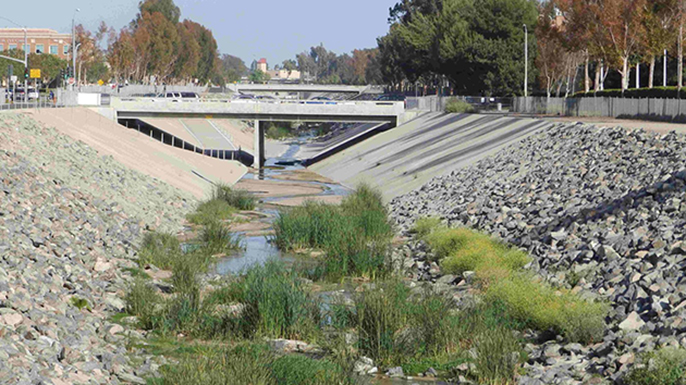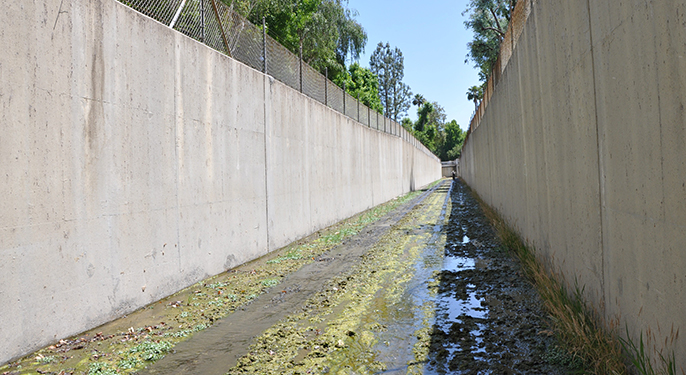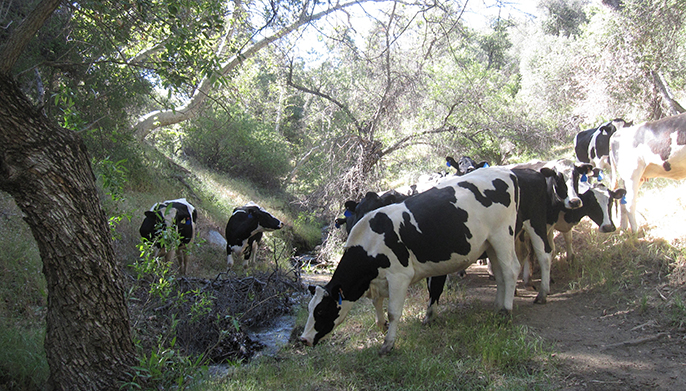Causal assessment is the science of identifying, evaluating and quantifying the likely causes of degradation to a water body’s ecological condition. Causal assessment relies on conducting biology-based evaluations of water body condition – known as bioassessments – and then synthesizing and analyzing the bioassessment data to build an optimal strategy for remediating human-induced stressors and improving ecological integrity. As California’s water-quality management community relies increasingly on bioassessment data to track ecosystem health, SCCWRP is building rigorous strategies and tools that take advantage of this wealth of bioassessment data to conduct rigorous, standardized causal assessments. By understanding the likely causes of impairment to water bodies across a region, managers will be able to allocate resources more efficiently and optimally prioritize water bodies for remediation.

Building diagnostic tools to improve water body condition
California’s water-quality management community in recent years has come to rely on bioassessment-based scoring tools to track ecosystem integrity, particularly on the freshwater side. Biology-based evaluations of water body health tend to be more closely associated with managers’ big-picture protection and restoration goals than traditional chemistry- and toxicology-based approaches. The challenge for researchers in California is that multiple, comingled stressors tend to exert cumulative impacts on aquatic biological communities. Consequently, each of these stressors must be teased apart and methodically analyzed to understand intensity, persistence and reversibility.
Over the years, SCCWRP and its partners have established a broad foundational understanding of how to build causal assessment tools that are relevant and responsive to management needs and priorities. Researchers have extensively studied stressor-response relationships, trophic-level changes to community composition in response to stressors, and toxicity identification evaluation (TIE) approaches to determine causes of impairment. More recently, SCCWRP has examined how to develop a causal assessment framework that will bring greater standardization and applicability to causal assessments statewide; multiple tools and methods are being developed and vetted to support this California-specific causal assessment framework.

Developing a standardized causal assessment framework
SCCWRP began pursuing development of a causal assessment framework for California after investigating the feasibility of using a causal assessment framework known as the Causal Analysis/Diagnosis Decision Information System (CADDIS), developed by the U.S. Environmental Protection Agency in the mid-2000s. Following the completion of four CADDIS case studies in a variety of representative California water body types, SCCWRP and its partners determined that the CADDIS framework would require modification before it could be applied in California.
Today, SCCWRP is focused on modifying the CADDIS framework for California, and on developing and vetting a suite of tools and methods that will support this framework. SCCWRP envisions the California causal assessment framework, like CADDIS, as consisting of three main stages:
- Screening assessment: Major classes of stressors will be eliminated from consideration during the initial assessment stage, greatly streamlining the subsequent, more intensive analysis.
- Detailed assessment: Multiple stressor evaluation tools will be used to narrow down the most likely stressors; the multiple-lines-of-evidence approach will increase confidence in the findings.
- Confirmatory assessment: Manipulative studies and focused monitoring efforts will be used to confirm the results of the detailed assessment stage.
SCCWRP’s goal in developing a California causal assessment framework is to establish systematic, transparent processes that managers can rely to quickly and accurately get to the bottom of problematic condition scores. Such insights will inform management decision-making about which water bodies are most in need of – and would benefit most from – remediation and other management actions.
